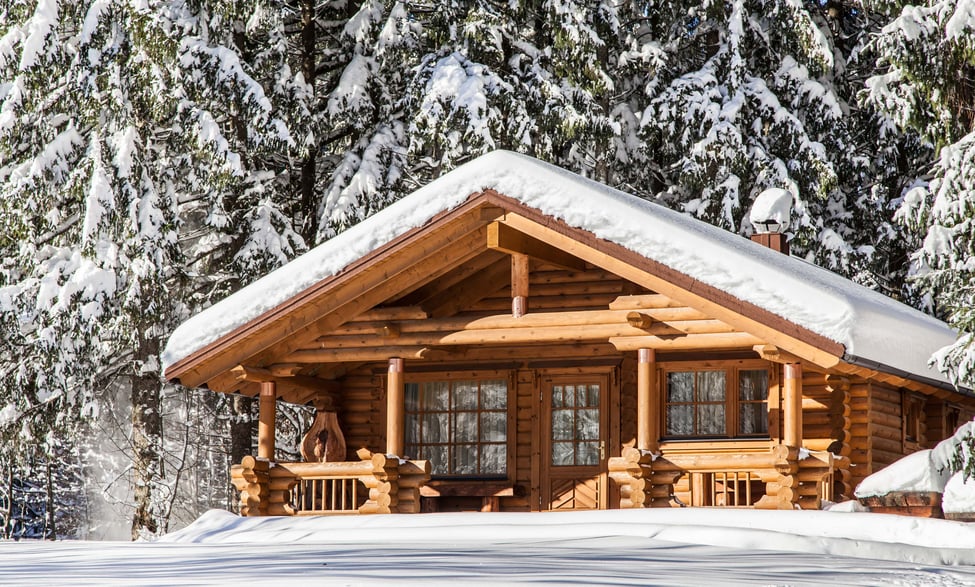It's time to winterize your cottage! With the ability to work remotely, many plan to remain at their home away from home as long as they are able to. Some are even considering turning their 3-season cottages into full-season getaways. With that being said, as the seasons are quickly changing and the temperatures are slowly decreasing, we are reminded that we must prepare for the cold snow-filled winters Canada is known for. It is best to be prepared and take the steps necessary to properly winterize your cottage. Please stay tuned for additional posts on how to winterize your cottage. Our first recommendation addresses appropriate heating sources.
If you plan to enjoy the winter season at your cottage, it is important to have an appropriate heat source to adequately heat your property. Let's be honest, it is going to take more than a hot cup of tea or hot chocolate to stay warm during Canada's winters!
Although common heating options for seasonal cottages include fireplaces or wood stoves, these options are not always the most efficient sources of heat depending on your property. Various factors such as the size of your cottage and how well insulated it is can determine what heating source is more suitable. Wood-burning fireplaces are viewed as more recreational than functional. This is because the majority of the warm air that exits through the chimney represents more heat loss than heat gained from the flames. Although aesthetically pleasing, a wood-burning fireplace is considered an inefficient source of heat due to the amount of heat loss. In comparison, wood stoves are a better option as they do not pose as much fire risk due to being enclosed and they are more energy-efficient than traditional fireplaces. Of course, both these options must be certified by a Wood Energy Technology Transfer (WETT) Inspector in order to secure insurance. However, it is important to remember that these heating sources may impact your ability to obtain insurance coverage and can increase the cost of your insurance premiums.
If you have access to electricity, a great alternative is a pellet stove. Pellet stoves use electricity to burn specially designed pellets made from compressed sawdust and wood shavings. Pellet stoves burn hotter and cleaner than wood stoves and give off less creosote than traditional fireplaces. If you do not have access to electricity, another alternative is a propane burning fireplace. Propane burning fireplaces consist of incombustible logs covering vents and burns behind a glass door. This option can provide the same recreational benefits as a traditional wood-burning fireplace, but there are more advantages. Propane fireplaces are more energy efficient as they draw air for combustion outside of your cottage, so they do not use the warm air inside. There is also the added bonus of having a direct vent with propane burning fireplaces, as they lose less heat than a chimney.
Ultimately, there are more permanent heating sources that are more expensive to install initially, but overall will adequately heat your home. We recommend consulting a professional to determine the heat source that will suit your cottage best.

Taylor Souliere
Sales Representative
Royal LePage Edmonds & Associates
Cell 613 602 1100 | Email [email protected]


